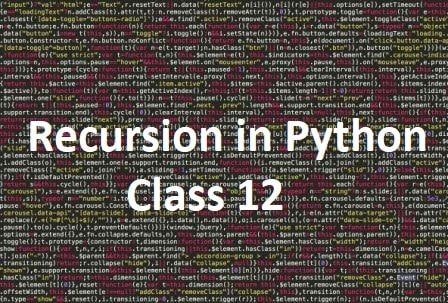Data Visualization Class 12 Notes
Teachers and Examiners (CBSESkillEduction) collaborated to create the Data Visualization Class 12 Notes. All the important Information are taken from the NCERT Textbook Computer Science (083) class 12. Data Visualization Class 12 Notes What is Data Visualization The process of displaying data in the form of graphs or charts is known as data visualisation. It … Read more


